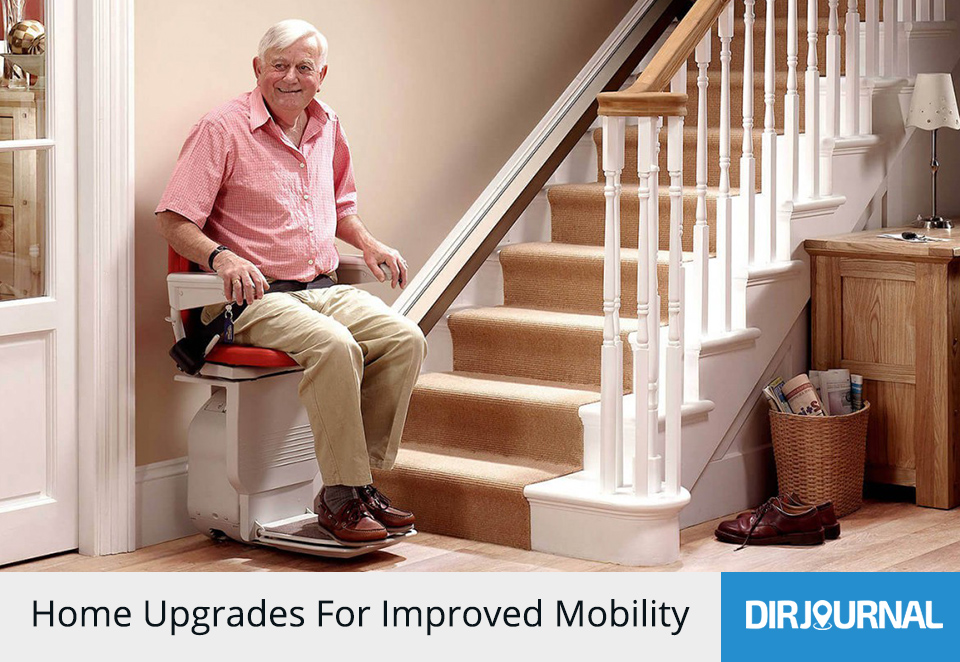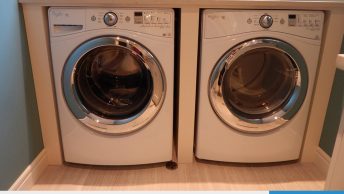As we age, our bodies change and we begin to see reductions in our mobility. Arthritis, worn joints, osteoporosis, and a variety of other conditions can impede a person’s flexibility and strength, making it difficult to complete daily tasks that were once taken for granted. Other people have lifelong or progressive handicaps that make it difficult to move about the home.
Fortunately, the market today includes a wide array of devices that can help the elderly and handicapped to maintain their independence safely, without having to move into a new home or have constant assistance. It means a lot to people to be able to live independently, despite the kind gestures they often encounter from generous strangers.
Whether you have issues with getting around the house or you’re a caregiver for someone with mobility problems, you likely think about some basic functions in the home and how to address them for someone who doesn’t walk as easily as most of us.
Climbing Stairs
So many of us move into multi-level homes with the assumption that we’ll always be able to navigate stairs. Then we find ourselves settled in and happy, and 40 years later we begin to struggle with gaining access to certain parts of the house.
While businesses easily accommodate these needs with elevators, that option is not financially practical in the home. But the same goal is met economically and effectively with stair lifts that enable occupants to go wherever they need to go without doing major renovations, spending large amounts of money, or disrupting home functionality for able-bodied occupants or visitors. It’s an ideal arrangement that provides an effective and sustainable outcome.
Bathing
Showers and tubs are the most notorious places in the home for injuries, even among those who get around just fine. For that reason, it’s doubly important to make considerations for the elderly and handicapped in the bathroom.
The days of no-slip adhesive pads and sturdy grab rails are gone, at least as a primary means of providing safety. Today, there are companies that can do a complete overhaul to the bath, creating a watertight, walk-in bathing facility where the user can sit down and safely clean up. And just as with the stair lift, the tub remains fully functional for those who get around a little better.
Movement
The areas we’ve noted so far are very specific to certain parts of the house. But people who need assistance moving around often need that help everywhere in the house, so something else must be done.
Today’s power chairs are light years ahead of the earliest electric wheelchairs. They are lighter, more comfortable, and have a longer battery life than their ancestors. What’s great about these highly maneuverable devices is their ability to carry their occupants throughout the house without constantly scrubbing door frames or getting stuck in tight spaces. When a person is able to use a chair in a way that doesn’t cause further headaches, they’re more likely to utilize and it and consequently will be able to avoid injuries.
It can be frustrating when age, medical conditions, or injuries keep us from moving around the way we used to. But thanks to new technologies, it is easier than ever to maintain a high level of function in spite of the changes in our bodies.













